Zefiro & Alfredo Bernardini - Handel: The Musick For The Royal Fireworks (2008)
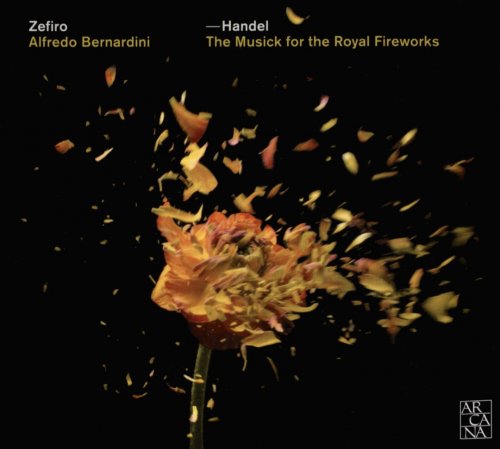
Artist: Zefiro & Alfredo Bernardini, Zefiro, Alfredo Bernardini
Title: Handel: The Musick For The Royal Fireworks
Year Of Release: 2008
Label: Zefiro / Outhere Music
Genre: Classical
Quality: FLAC (image + .cue, log, artwork)
Total Time: 68:53 min
Total Size: 346 MB
WebSite: Album Preview
Tracklist:Title: Handel: The Musick For The Royal Fireworks
Year Of Release: 2008
Label: Zefiro / Outhere Music
Genre: Classical
Quality: FLAC (image + .cue, log, artwork)
Total Time: 68:53 min
Total Size: 346 MB
WebSite: Album Preview
Musick for the Royal Fireworks, HWV 351
01. Ouverture 8:38
02. Bourrée 2:04
03. La Paix 3:08
04. La Réjouissance 3:40
05. Menuet I - Menuet II 3:42
Concerto a due cori No. 3 in F Major, HWV 334
06. Ouverture 1:21
07. Allegro 2:38
08. Allegro ma non troppo 2:48
09. Adagio 2:47
10. Andante larghetto 3:27
11. Allegro 3:48
Concerto a due cori No. 1 in B-Flat Major, HWV 332
12. Ouverture 1:02
13. Allegro ma non troppo 2:40
14. Allegro 2:15
15. Largo 2:27
16. A tempo ordinario 1:42
17. Alla breve moderato 1:38
18. Minuet 2:04
Concerto a due cori No. 2 in F Major, HWV 333
19. Pomposo 1:48
20. Allegro 1:54
21. A tempo giusto 2:46
22. Largo 1:49
23. Allegro ma non troppo 3:46
24. A tempo ordinario 3:26
Despite the use of period instruments, including some fine blaring natural horns, this couldn't be called a historically informed performance of Handel's Royal Fireworks Music, HWV 351. The work was not composed for a pleasant onboard afternoon musicale like the Water Music, but instead was part of an event that would have been one of the top items on CNN Headline News for 1749: the celebration of the Peace of Aix-la-Chapelle, brokered by King George II. After going to great lengths in the booklet to describe the back-and-forth between Handel, who scored the work for a mighty ensemble led by nine trumpets, and the king, who wanted more, the historical-instrument ensemble Zefiro and its leader Alfredo Bernardini give three, plus an agile group of four horns. This may simply be in keeping with the fashion for minimal groupings in early music, but Bernardini is also able to bring out subtle balances involving the strings (whose inclusion, it's true, Handel also campaigned for vigorously) and the quieter oboes and bassoons. Another attraction is the sound, recorded in an Italian Jesuit college cloister. This is one of those locations that, if handled right, artfully simulates a full outdoor environment while largely avoiding the compromises inherent in such a setting. Finally there is the inclusion of the rarely recorded Concerti a due cori, three antiphonal pieces reworked from vocal numbers (a few of them very familiar). These were Handel's last instrumental compositions, and they receive crisp, well-differentiated performances. This album was recorded in 2006 but, for reasons not specified, did not see the light of day until 2015. Recommended for Handel buffs. -- James Manheim

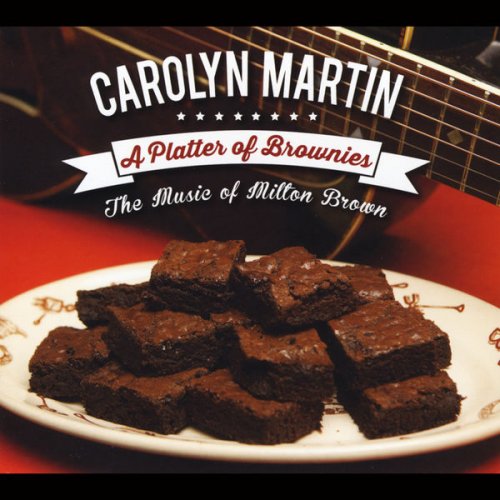
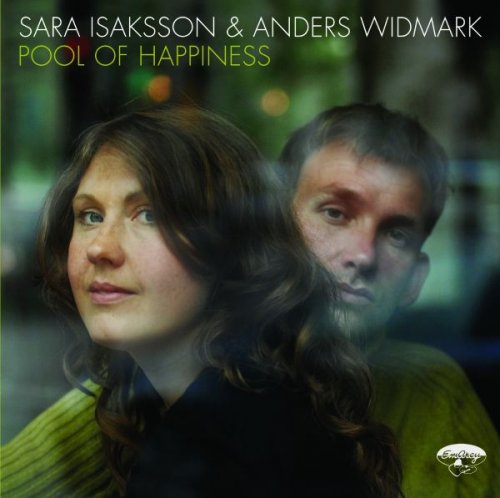


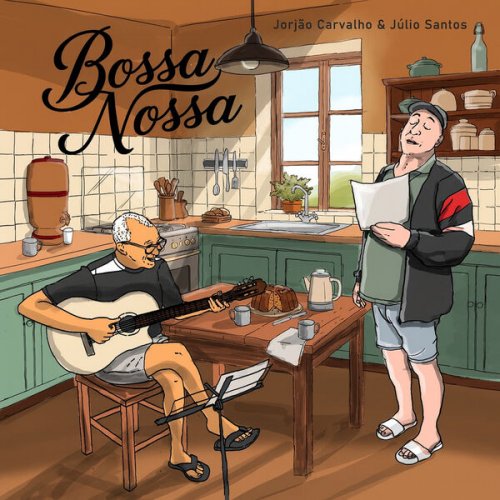
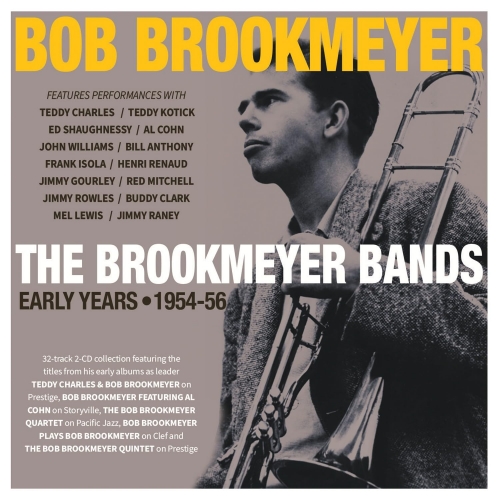
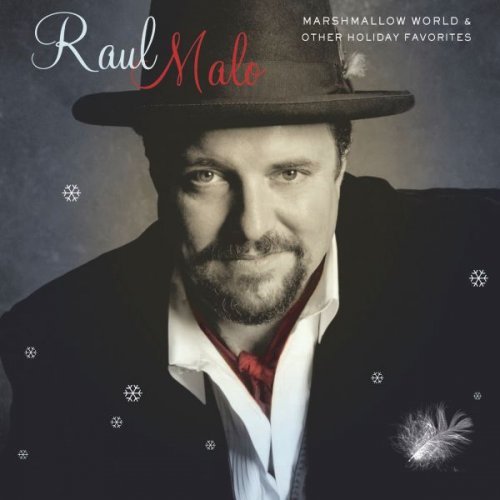
![Wadada Leo Smith - Divine Love (1979/2025) [Hi-Res] Wadada Leo Smith - Divine Love (1979/2025) [Hi-Res]](https://www.dibpic.com/uploads/posts/2025-12/1765802240_cover.jpg)